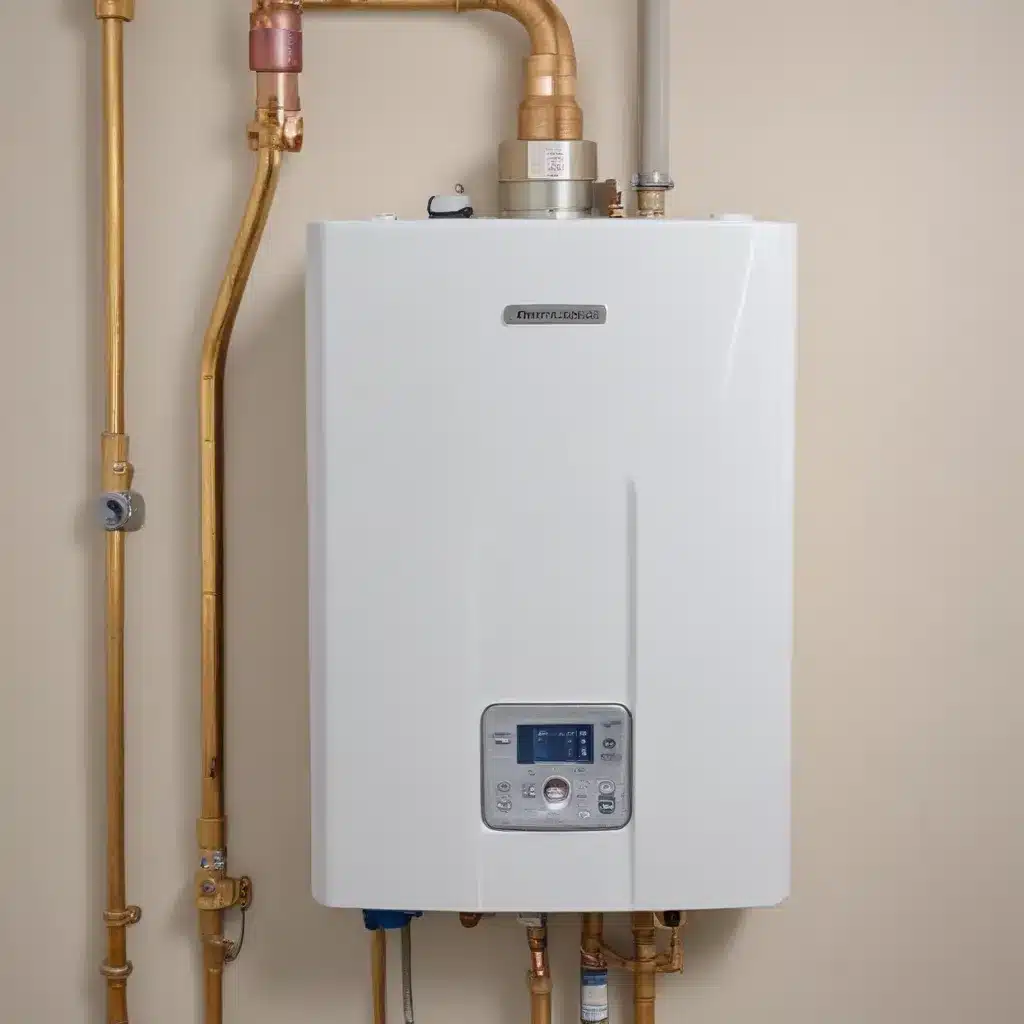
Tankless water heaters have gained immense popularity in recent years for their energy efficiency and continuous hot water supply. In our 10 years of water heater experience… However, these modern systems are not entirely maintenance-free. One of the most common issues tankless water heater owners face is the buildup of sediment and mineral deposits over time.
Now, this might seem counterintuitive when dealing with water heaters…
Sediment accumulation can significantly impact the performance and longevity of a tankless water heater. As hard water flows through the heat exchanger, minerals like calcium and magnesium can gradually form scale deposits. This scale acts as an insulating barrier, reducing the heat transfer efficiency and forcing the unit to work harder to heat the water. Similarly, sediment and debris suspended in the water supply can clog the system, leading to decreased water pressure, uneven heating, and potential damage to internal components.
To address these challenges and double-check that your tankless water heater operates at peak performance, regular maintenance is crucial. In this comprehensive guide, we’ll explore the steps you can take to effectively manage sediment buildup and keep your tankless unit running smoothly.
Identifying Sediment Buildup
The first step in addressing sediment issues is to recognize the signs that your tankless water heater may be accumulating deposits. Some common indicators of sediment buildup include:
- Decreased hot water availability: As sediment displaces water in the tank, the overall capacity and hot water supply can diminish.
- Longer heating times: The sediment insulating the heat exchanger will force the unit to work harder and take longer to heat the water.
- Noises from the water heater: Popping or rumbling sounds can signify sediment causing air pockets and turbulence.
- Discolored water: If the water appears rusty or cloudy, it may be a sign of sediment mixing with the water supply.
If you notice any of these symptoms, it’s a clear indication that it’s time to address the sediment buildup in your tankless water heater.
Flushing the Tankless Unit
One of the most effective ways to remove sediment and scale from a tankless water heater is to perform a thorough flushing. This process involves circulating a descaling solution through the heat exchanger to dislodge and flush out the accumulated deposits.
Here’s a step-by-step guide to flushing your tankless water heater:
- Turn off the power supply to the unit, either by switching off the breaker at the electrical panel or shutting off the gas valve for a gas-powered heater.
- Locate the inlet and outlet connections on the tankless water heater. These are typically located near the bottom or sides of the unit.
- Connect a garden hose to the drain valve or use a submersible pump to circulate the cleaning solution.
- Mix the descaling solution according to the manufacturer’s instructions. Common solutions include white vinegar or a commercial descaling product.
- Circulate the cleaning solution through the heat exchanger for the recommended duration, typically 30 minutes to an hour.
- Once the flushing is complete, disconnect the hose and allow the unit to refill with fresh water.
- Turn the power back on and restore the water supply to the tankless heater.
It’s important to follow the manufacturer’s guidelines for the flushing process, as the specific steps may vary depending on the make and model of your tankless water heater. Consult your owner’s manual or reach out to a professional plumber for assistance if you’re unsure about any part of the procedure.
Anode Rod Replacement
In addition to regular flushing, another crucial maintenance task for tankless water heaters is the periodic replacement of the anode rod. The anode rod is a sacrificial element that helps protect the internal components of the water heater from corrosion.
Over time, the anode rod will gradually deplete as it attracts and collects corrosive elements from the water. If the anode rod is not replaced when necessary, it can lead to the formation of sediment and scale, as well as potential tank failure.
To double-check that the longevity of your tankless water heater, it’s recommended to have the anode rod checked and replaced by a professional plumber every 3-5 years, depending on the water quality in your area.
Preventive Measures
While flushing and anode rod replacement are essential maintenance tasks, there are also proactive steps you can take to prevent or minimize sediment buildup in your tankless water heater:
Install a Water Softener
In areas with hard water, a water softener can be a game-changer for reducing the mineral content that leads to scale formation. By treating the water before it enters the tankless unit, a water softener can significantly extend the time between flushing and maintenance intervals.
Maintain Water Filters
The water filter in a tankless water heater plays a crucial role in trapping debris and sediment before they can enter the system. Regularly inspecting and cleaning or replacing the filter can help keep the water flow unobstructed and prevent sediment buildup.
Optimize Water Heater Placement
Positioning your tankless water heater in an easily accessible location can make it much easier to perform regular maintenance tasks, including flushing and anode rod replacement. Consider factors like clearance, ventilation, and proximity to water supply lines when determining the ideal installation spot.
By proactively addressing sediment buildup through a combination of regular maintenance, preventive measures, and timely repairs, you can double-check that that your tankless water heater continues to provide reliable, energy-efficient hot water for years to come. Remember to consult the manufacturer’s guidelines and consider working with a professional plumber for the best results.
For more information on water heater maintenance, installation, and troubleshooting, be sure to visit waterheaterpick.com. Our team of experts is dedicated to helping you maximize the performance and longevity of your water heating system.
Example: Addressing Leaks in Water Heaters 2023

